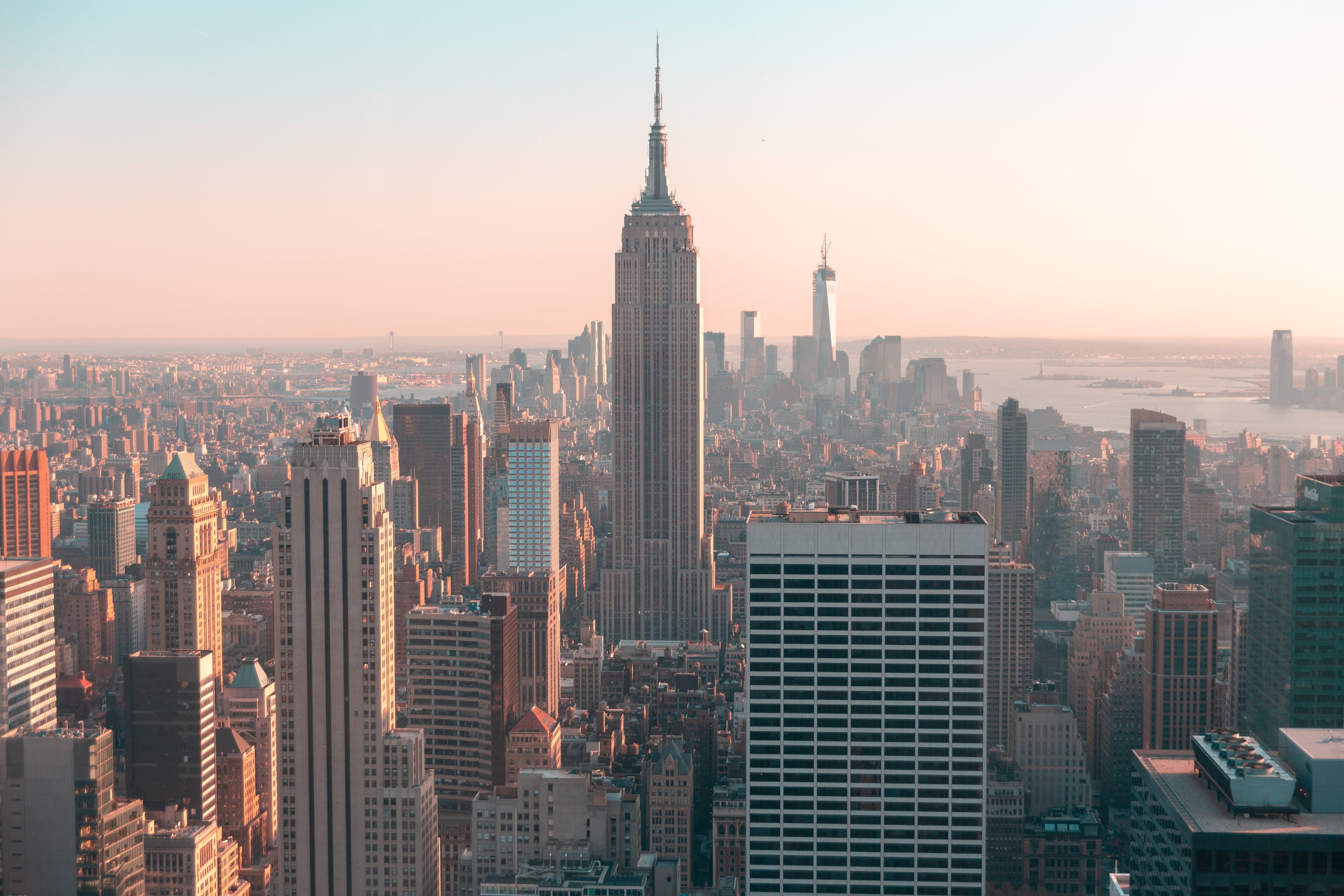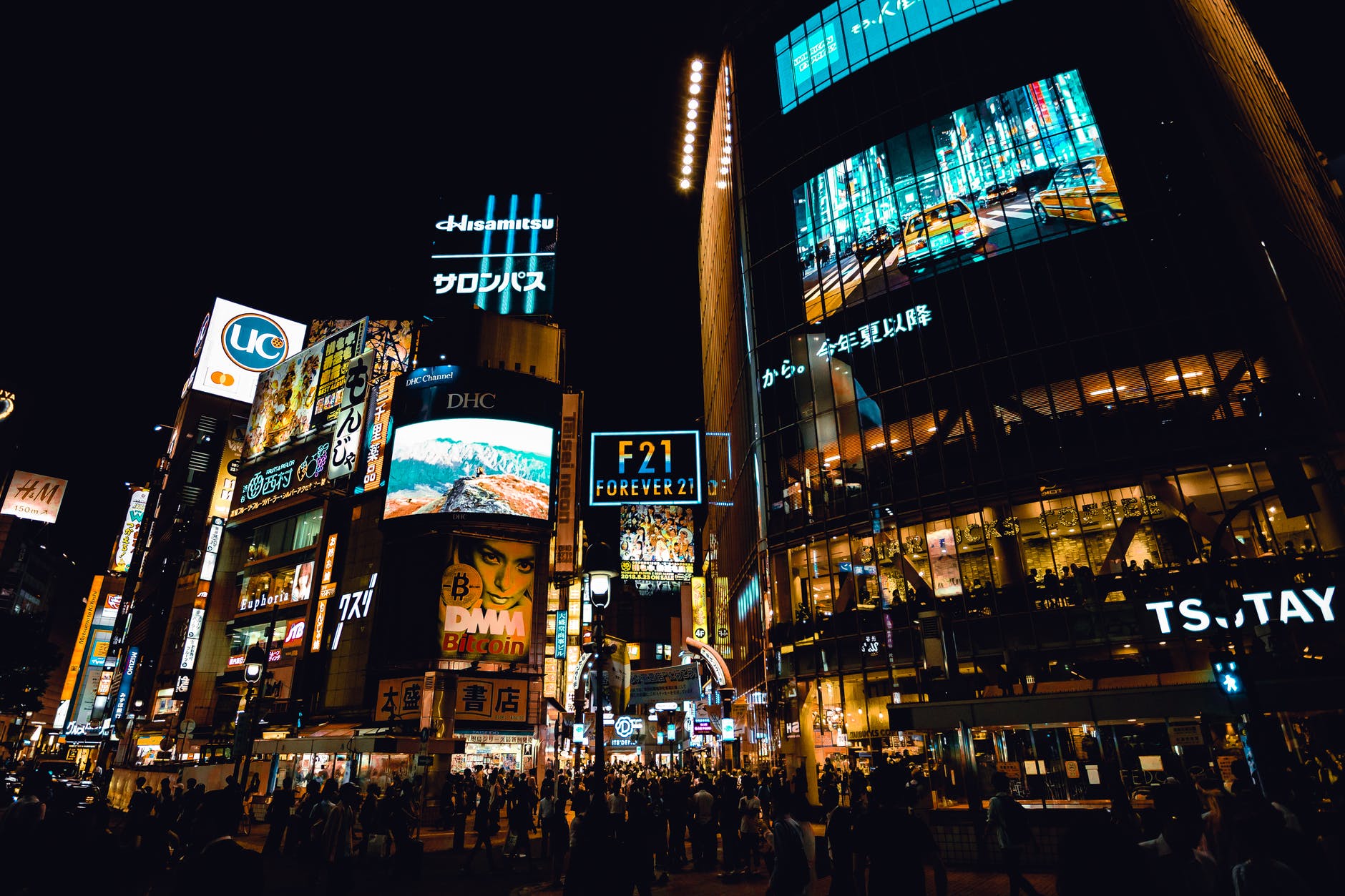Globalization may have been occurring since the dawn of civilization, but our current period in history is seeing the world come together like never before. Rather than spreading territory through conquest, as we have in throughout history according to National Geographic, we are using technology and business to bring countries and cultures together. It is far from a perfect system. We’ve already seen the harm that corporations can do when looking to cut costs on labor and resources around the world, examples of this being sweat shops in third world countries, or child labor on cocoa plantations. Luckily, a form of management has already emerged: The global city.

Period Of Globalization
Through this period of globalization, we have created complex, globalized production networks, allowing for international trade and a stronger global economy. According to Saskia Sassen, an expert sociologist whose body of work focuses on globalization and human migration, this has required us to create new forms of financial and producer services to manage the global economy on a wide scale. What has resulted is the emergence of “global cities”, which function as hubs of specialized production in different areas around the world. In short, global cities are what manage and maintain globalization, and they’re needed to keep the economic and cultural divides in check as we continue to move forward. If globalization is the expansion of businesses on an international scale, then global cities need to be the pillars that hold global business to a higher standard.
It isn’t enough for global cities to be economic powerhouses. They need to be forward thinking, innovative, and looking towards sustainability. It isn’t just about growing the economy and creating jobs for the short term, but as Michael Kimmelman pointed out, creating a population that is educated and driven to find creative solutions in the future. To be successful, a global city has to be adaptable, sustainable and competitive. A global city is ranked based on its “education and technology, quality of life, ease of doing business, health and safety, economic clout, and transportation”, according to Irene Ogrodnik. A global city also needs to be able to take innovative ideas for positive change and be able to execute them effectively.
Unchecked, our race to expand globalization through business will continue to repeat the theme of conquest. Not through war, but through taking advantage of those who don’t have the resources or skills to fight for their rights, writes Dan Rodnik in a New York Times article. Global cities are interdependent on one another, no matter what nation they are a part of. The top global cities are demonstrating that they have the ability to be at the forefront of the world economy, while understanding the critical elements that are needed to improve the global population’s quality of life. While global cities move forward and create new methods of increasing transportation, education, and sustainability, other cities are taking note and following in their footsteps.
Job Of A Global City
The job of a global city—at the moment—is not to look after the interests of the global population. However, the cities themselves will be less reliant on the nations they are a part of, and increasingly tied to other cities. As the creators and facilitators of the global economy, these cities will have to emerge as a stronger management system for global practices. By organizing and holding to global economic standards, the cities will be able to affect sustainability, adaptability, and a higher quality of life beyond their city limits. At the moment, the UN reports that 54% of the world’s population lives in urban environments, with the percentage expected to grow to over 66% by 2050. This means that cities will continue to increase in global power as we continue forward, making them the perfect management tool for business practices around the globe.
While it may take time for global cities to recognize their true international power as a whole, they are the perfect management system to handle corporate responsibility. What we’ve seen so far is corporations who leave one country to begin production in regions with less restrictions or more lenient labor laws. Without keeping corporations in check, the global population will continue to suffer. Global cities like London, New York, Toronto, and Tokyo, can create a cross-city coalition that upholds higher standards of doing business in our modern world. At the moment, there is no better system for management in place, and the importance of sustainable, labor and resource friendly practices are needed more than ever.

Bibliography
Kimmelman, Michael. 2016. “The Kind of Thinking Cities Need.” New York Times, October 28. https://www.nytimes.com/2016/10/30/opinion/sunday/the-kind-of-thinking-cities-need.html?_r=0
Martinez, Mel and Henry Cisneros. 2016. “How to Build Global Cities That Are Engines of Inclusion, Not Displacement.” Next City, April 1. https://nextcity.org/daily/entry/build-global-cities-engines-of-inclusion-cisneros-martinez
National Geographic Society. 2017. “Globalization.” National Geographic, last updated 2017. http://www.nationalgeographic.org/encyclopedia/globalization/
Ogrodnik, Irene. 2014. “Toronto 4th ‘Most Attractive’ Global City: Survey.” Global News, May 21. http://globalnews.ca/news/1344014/toronto-4th-most-attractive-global-city-survey/
Rodnik, Dan. 2016. “Put Globalization to Work for Democracies.” New York Times, September 18. https://www.nytimes.com/2016/09/18/opinion/sunday/put-globalization-to-work-for-democracies.html
Sassen, Saskia. 2005. “The Global City: Introducing a Concept.” The Brown Journal of World Affairs, Vol. XI, Issue 2, Winter/Spring, 27. http://www.saskiasassen.com/pdfs/publications/the-global-city-brown.pdf
United Nations. 2014. “World’s Population Increasingly Urban with More than Half Living in Urban Areas”. http://www.un.org/en/development/desa/news/population/world-urbanization-prospects-2014.html






